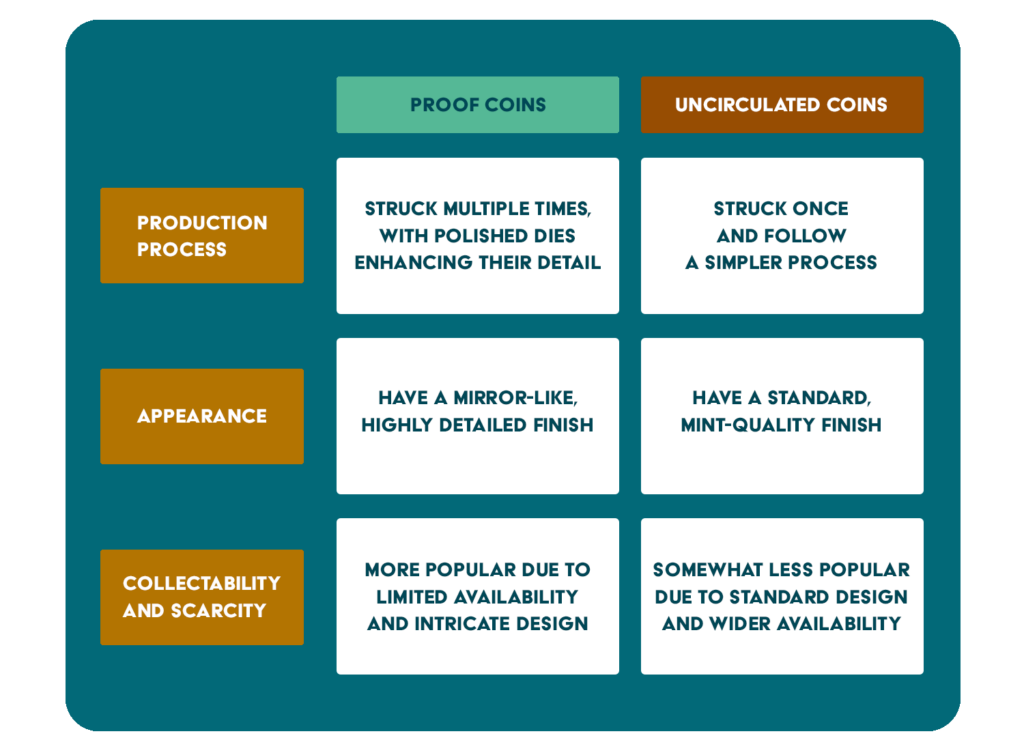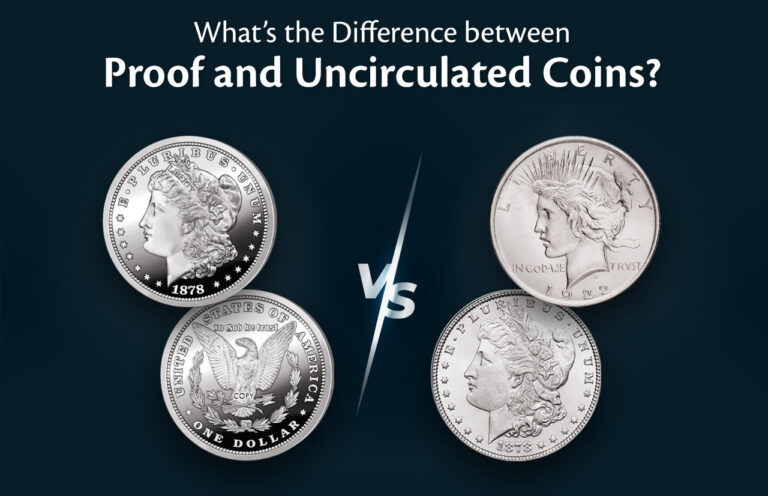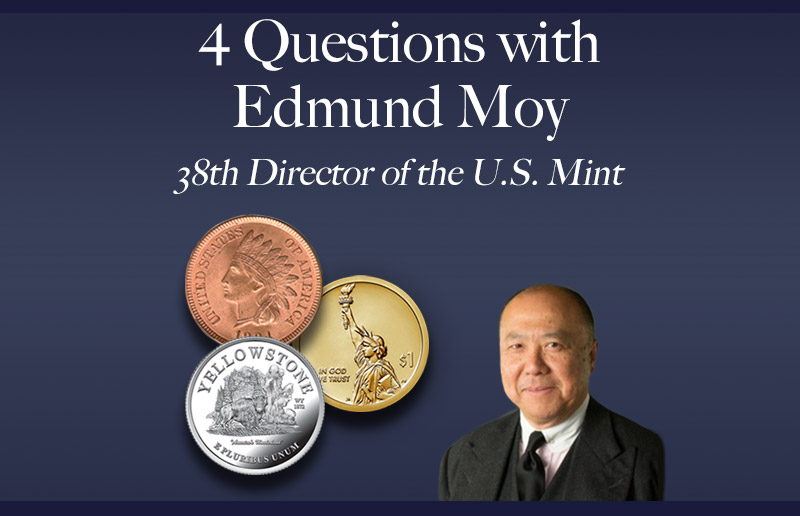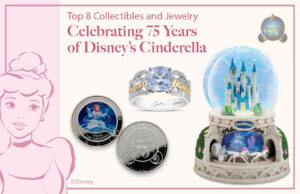Coin collecting and investing are popular hobbies and financial pursuits, bringing enthusiasts from all walks of life to explore various coin types. Understanding the differences between Proof coins and Uncirculated coins is essential for both beginners and experienced collectors. This guide delves into what makes each type unique, helping readers determine which best suits their collecting goals or investment needs. For more information on the topic of collectible coins, you can consult our blog post Best Types of Coins and Proofs Worth Collecting.
Table of Contents
What Are Proof Coins?
Definition and Characteristics
Proof coins are known for their meticulous production process, resulting in high-quality and highly detailed coins that are primarily created for collectors rather than circulation.
Proof Coins Defined: Proof coins are made through a specialized process that includes multiple strikes, giving them a mirror-like finish and exceptional detail.
Production Process: Proof coins are burnished coin blanks, or planchets, that are manually fed into presses and struck at least twice (sometimes more) with polished dies that give them their depth of field and shining appearance.
Grading of Proof Coins
Proof coins are graded on the PR (Proof) scale, which rates them based on visual quality and flawlessness.
Grading Scale: The PR scale ranges from PR-60 to PR-70, with PR-70 representing perfect quality.
Benefits of Proof Coins
Proof coins offer benefits that appeal to collectors seeking beauty, rarity, and value.
Aesthetic Appeal: Their mirror-like finish and high detail make them visually stunning and many bear intricate designs that could not be achieved in a lesser quality coin using lesser blanks and fewer strikes.
Rarity: Limited production makes proof coins rarer and, in many cases, more valuable. To create such high quality, the dies must be changed more often, so fewer of these coins are produced.
Common Proof Coin Sets
Popular proof coin sets like the American Silver Eagle Proof Coins are often sold in specialized cases to preserve quality and appeal to collectors. You can see them and more Collectible Silver Coins on The Bradford Exchange Mint. Collectible Gold Coins are also very popular, many are offered in Proof state. You can see a selection of gold coins at our website as well.
What Are Uncirculated Coins?
Definition and Characteristics
Uncirculated coins are minted with quality standards higher than those used in regular circulation coins and then not released for general distribution, but most share the same designs as those in circulation.
Uncirculated Coins Defined: These coins are produced with care to prevent them from entering circulation and are often more affordable than proof coins.
Production Process
Special planchets for uncirculated coins are cleaned in a process called burnishing. The planchets are placed in a drum with cleaning agents and small metal pellets to smooth and polish the surface. The planchets are placed in the coin presses, where the obverse and reverse dies are forced together to strike the design onto both sides of the coin. The pressure used for uncirculated coins is greater than that used for circulating coins, resulting in a sharper, more detailed image – though not as high quality as the double-struck Proofs. Uncirculated coins are desirable to collectors because they are in mint condition, retain their face value, and appreciate over time.
Grading of Uncirculated Coins
Uncirculated coins are graded on the MS (Mint State) scale, reflecting their untouched condition.
Grading Scale: The MS scale ranges from MS-60 to MS-70, with MS-70 indicating a flawless, mint-condition coin.
Benefits of Uncirculated Coins
Uncirculated coins are popular for their affordability and broader availability.
Affordability: These coins offer a lower-cost entry for collectors and investors compared to proof coins.
Availability: They are often produced in larger quantities, making them accessible to a wider audience.
Key Differences Between Proof and Uncirculated Coins

Which Type of Coin is Right for You?
Collecting Preferences
Choosing between proof coins and uncirculated coins depends on individual preferences regarding aesthetics, rarity, and financial goals.
Aesthetic Appeal: Proof coins appeal to collectors valuing fine details and mirror finishes.
Gift-Giving Potential
Proof coins make excellent premium gifts, while uncirculated coins are affordable options that still hold value. Both are legal tender and backed by governments.
Historical Significance
Proof and uncirculated coins can commemorate important events or figures, adding sentimental and historical value.
Examples: Coins minted to celebrate historic anniversaries or notable figures often come in both proof and uncirculated forms. You can learn more about some of them at our blog post on Honoring Presidents Day 2024: 8 Top Coins and Bills for Collectors.
Storage and Preservation
Both proof and uncirculated coins require careful storage to maintain their condition and value.
Storage Tips: Store coins in a temperature-controlled environment, away from moisture and direct sunlight.
Market Trends
Market demand for proof and uncirculated coins can vary, influenced by economic factors, collector trends, and limited mint runs.
Investment Considerations: During economic uncertainties, rare coins can become more sought after as investors turn to tangible assets.
In summary, proof coins offer high aesthetic appeal and rarity, while uncirculated coins provide affordability and accessibility. Whether you are a seasoned collector or a new investor, understanding the differences between these coins can guide you in making informed choices. Explore both types and consider what aligns with your personal or investment goals in the diverse world of coin collecting. You can start building your collection today by exploring our exclusive range of Proof and Uncirculated coins, plus a wide variety of Collectible Coins at The Bradford Exchange website, curated for collectors like you!
What's the Difference between Proof and Uncirculated Coins? by The Bradford Exchange












